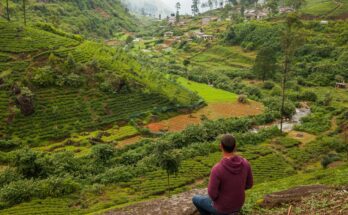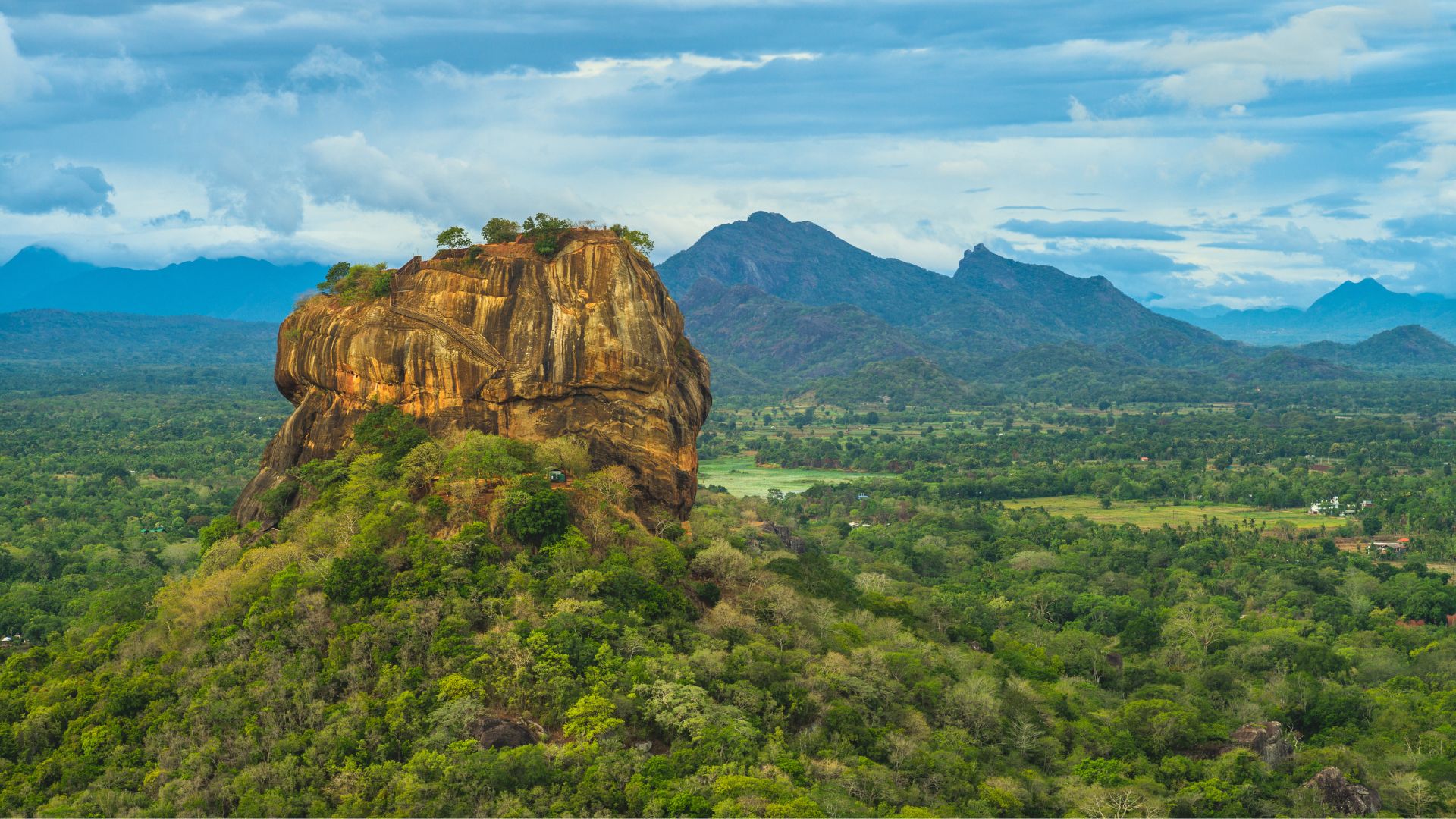Sri Lanka, often referred to as the “Pearl of the Indian Ocean,” is not only a paradise for travellers but also a beacon for sustainable tourism practices. With its rich biodiversity, cultural heritage, and pristine landscapes the country has embraced sustainability as the cornerstone of it’s tourism strategy. Here’s an in-depth look at how Sri Lanka is redefining tourism through a sustainable lens.
Nature as a Pillar of Sustainability:
Sri Lanka’s tourism heavily relies on its natural beauty, making the conservation of resources paramount. From Yala National Park to the Sinharaja Forest Reserve,* the country is home to an array of protected areas that support eco-tourism. Efforts like the proposed designation of the Yala Palatupana Zone as a protected Conservancy Area emphasize a commitment to preserving biodiversity. Practices such as banning single-use plastics and encouraging renewable energy in tourist hotspots are helping to balance economic growth with environmental protection.
Innovative Eco-Tourism Practices
One of the standout initiatives is the National Sustainable Tourism Certification (NSTC), which aligns local tourism practices with global sustainability standards. The government is also actively working on projects like turning Sigiriya into Sri Lanka’s first sustainable destination. Such innovations not only protect heritage sites but also attract environmentally conscious travelers.
Empowering Local Communities
Sustainable tourism in Sri Lanka prioritizes community involvement as well. Destinations such as Kalpitoya demonstrate how local residents can shape the identity of a place through unique contributions, such as whale watching and kite surfing. Empowering locals not only diversifies tourism offerings but also ensures that the benefits are equitably distributed. For instance, fishermen transitioning to eco-tourism roles help bridge economic development and cultural preservation.
Challenges and Opportunities
Sri Lanka faces challenges such as climate change, pollution, and unplanned development. However, Innova concepts like “Doughnut Economics,” which integrates ecological boundaries into tourism planning, offer a pathway forward. This model ensures that tourism flourishes without compromising the natural carrying capacities of destinations.
A Call for Collaborative Action
To truly embed sustainability, a multi-stakeholder approach is essential. Involving businesses , local communities, and government agencies in crafting tourism policies ensures alignment with both global trends and local needs. For example , small boutique hotels are setting timelines to meet environmental goals, demonstrating how even private entities can drive sustainability.
Conclusion
Sustainable tourism in Sri Lanka is not just a trend but a necessity. By blending conservation with innovation, the country is setting an example for how tourism can thrive while respecting natural and cultural assets. For travelers, it offers a chance to not only explore but also contribute to the preservation of a destination that promises a truly enriching experience.
Sri Lanka’s journey in sustainable tourism reflects a harmonious blend of tradition, innovation, and global responsibility, making it a must-visit for conscious travelers worldwide.



